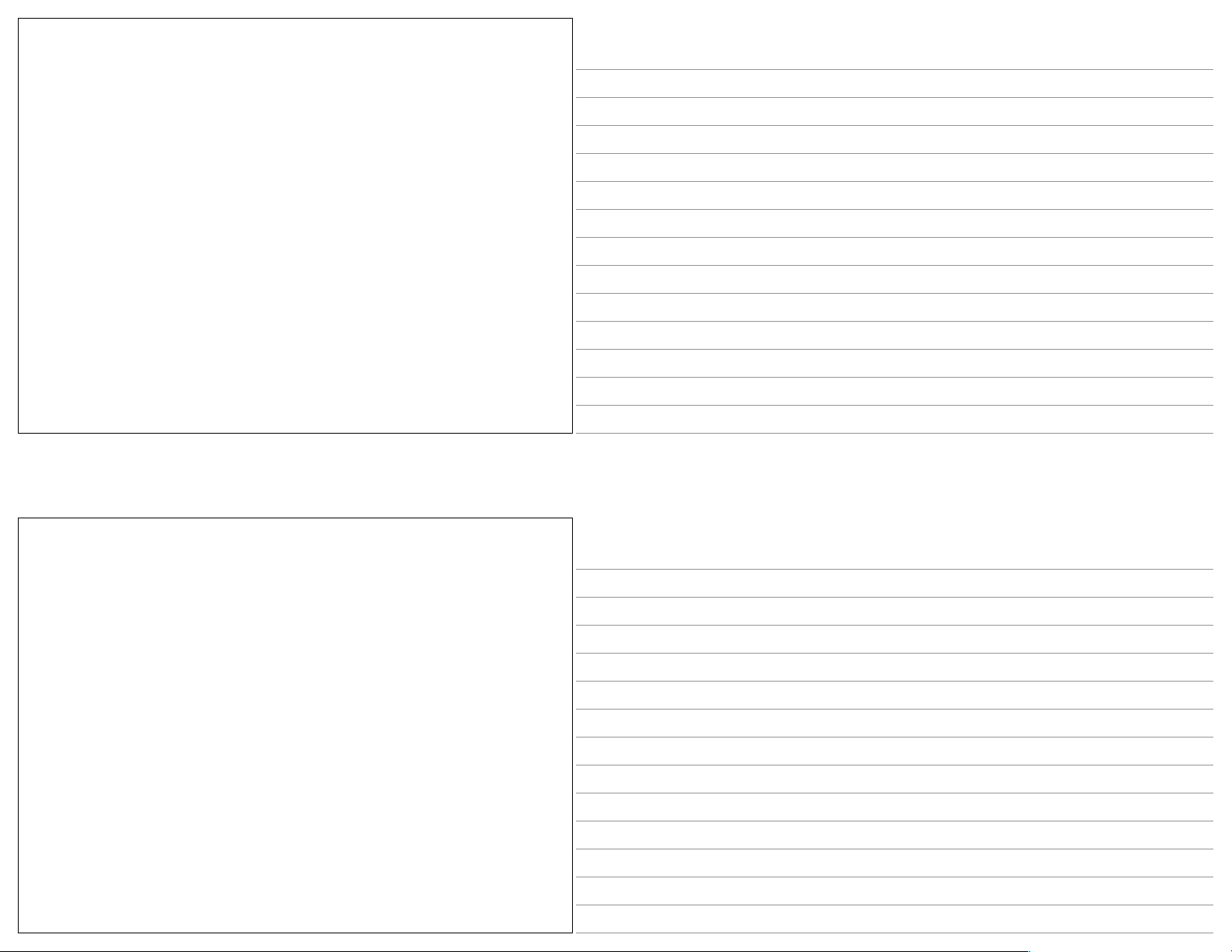
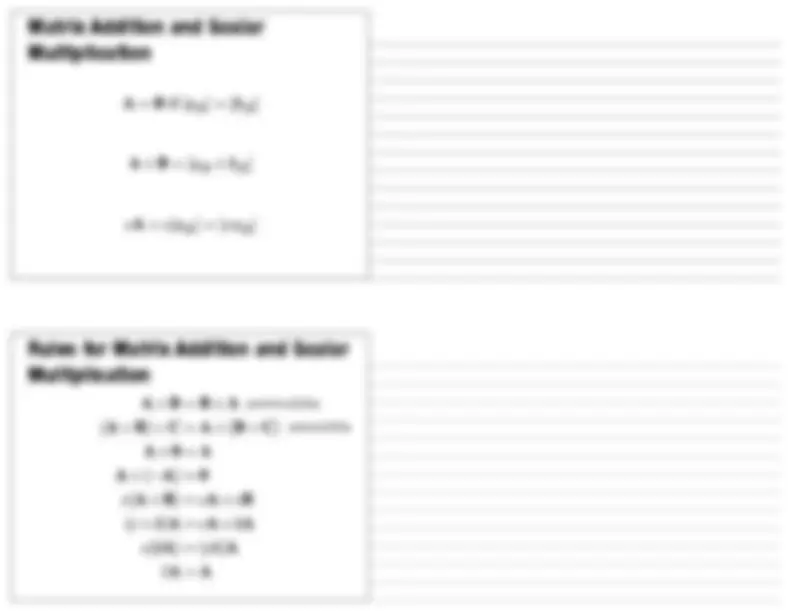

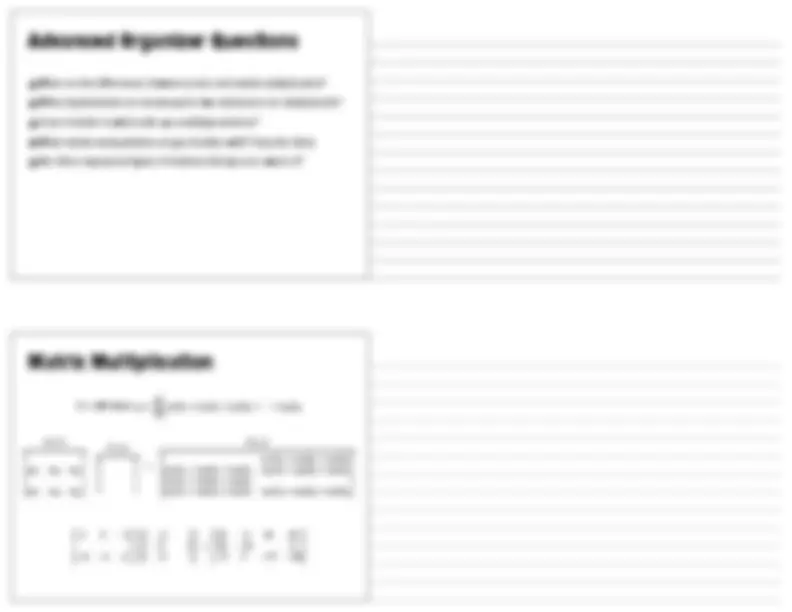
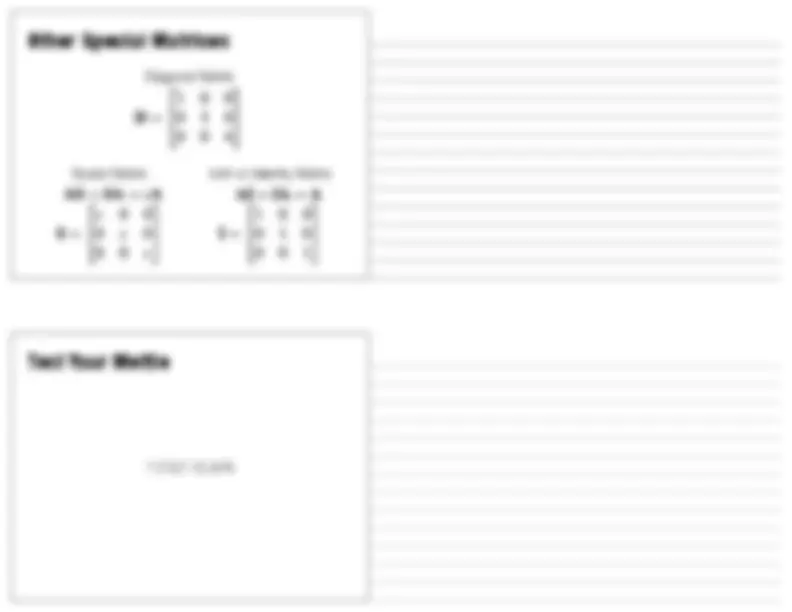
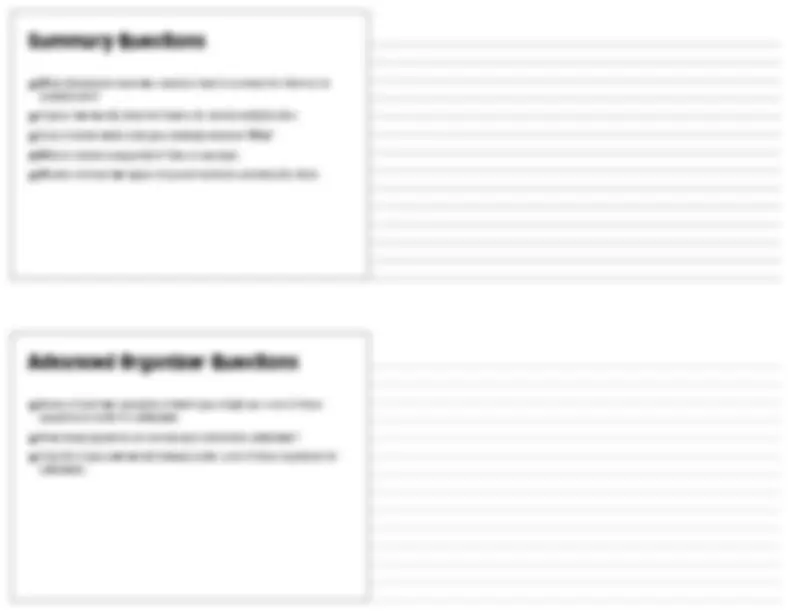
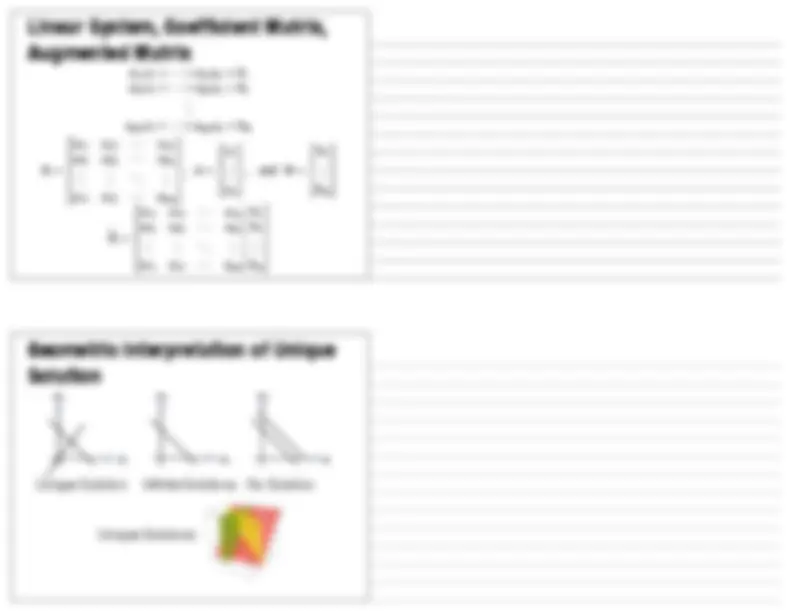
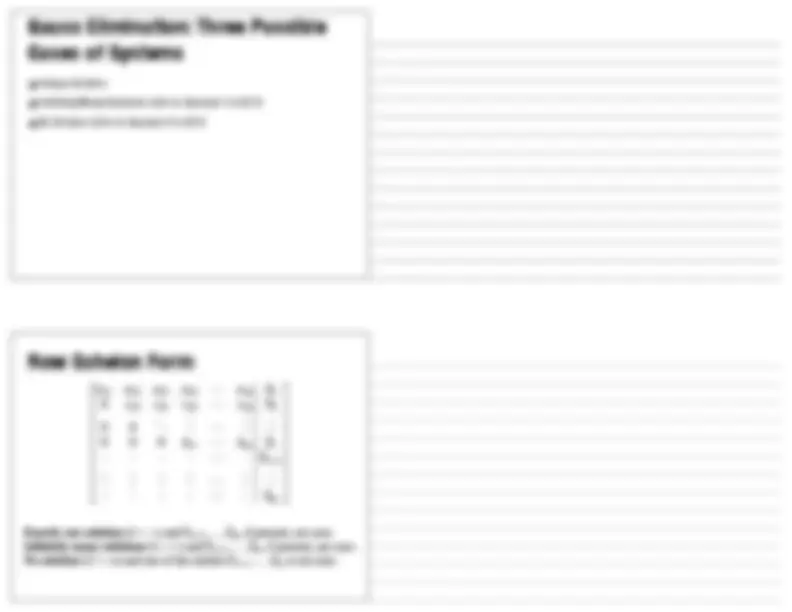
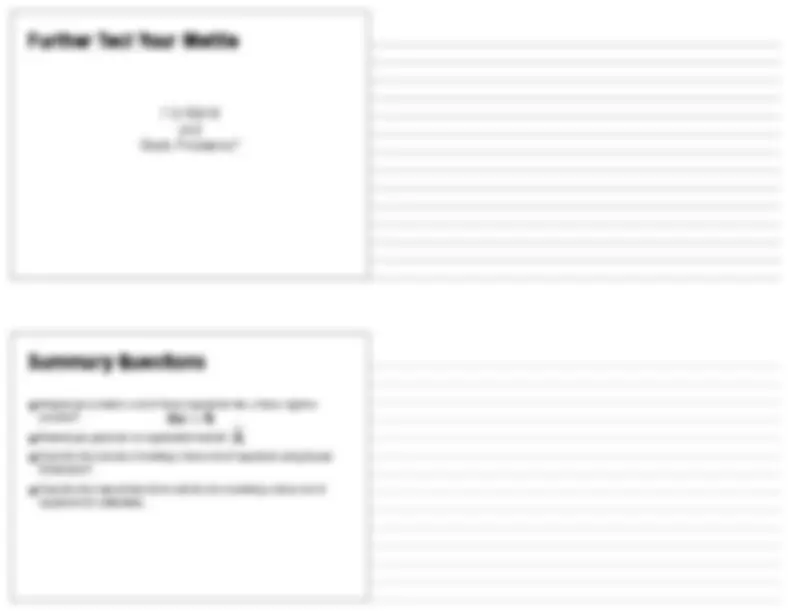
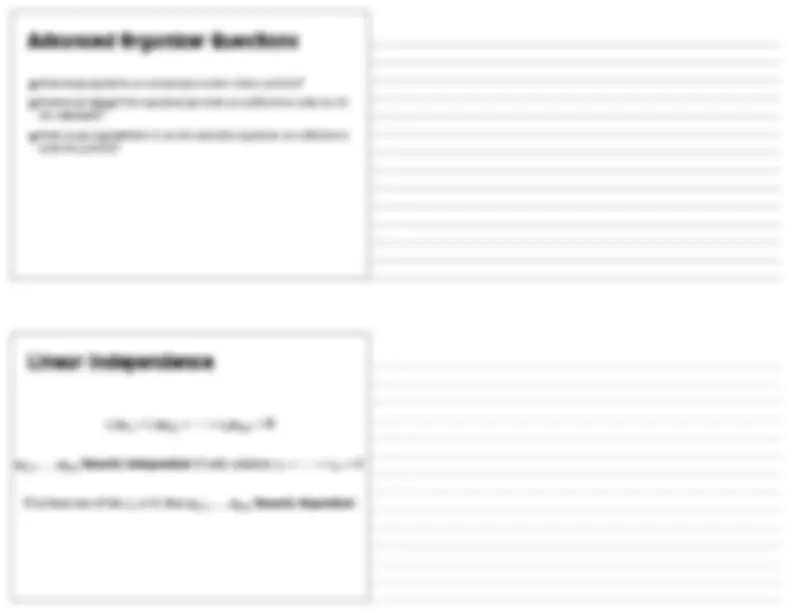
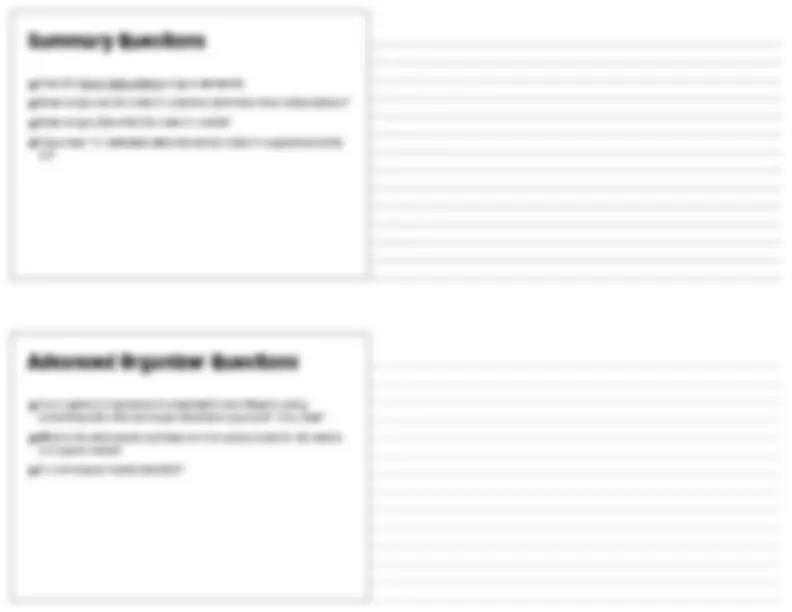
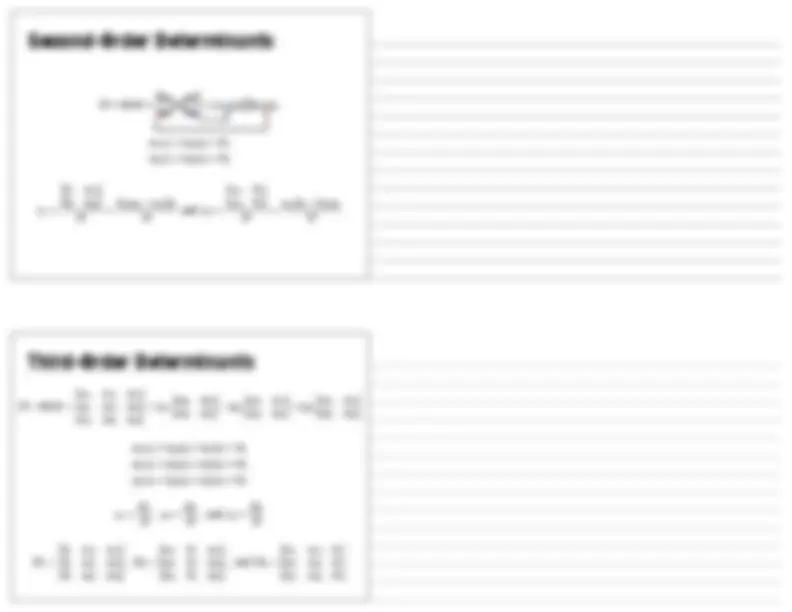
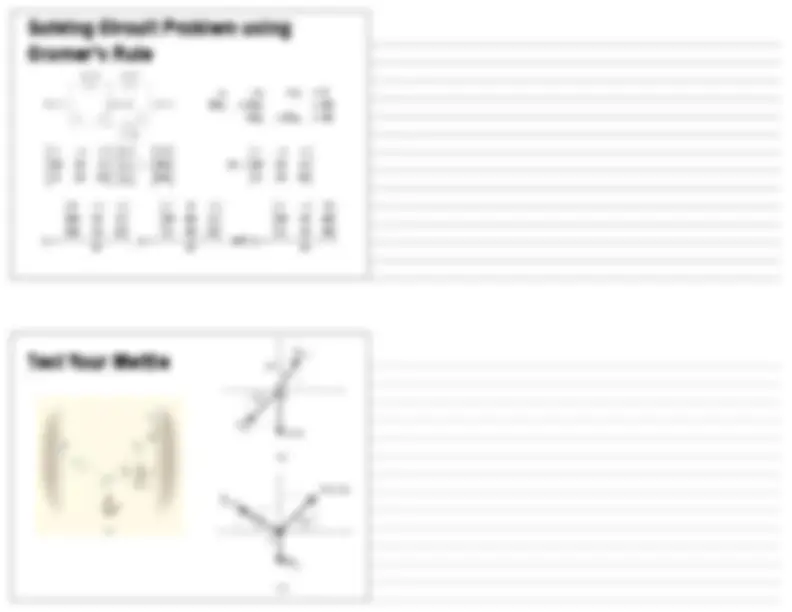
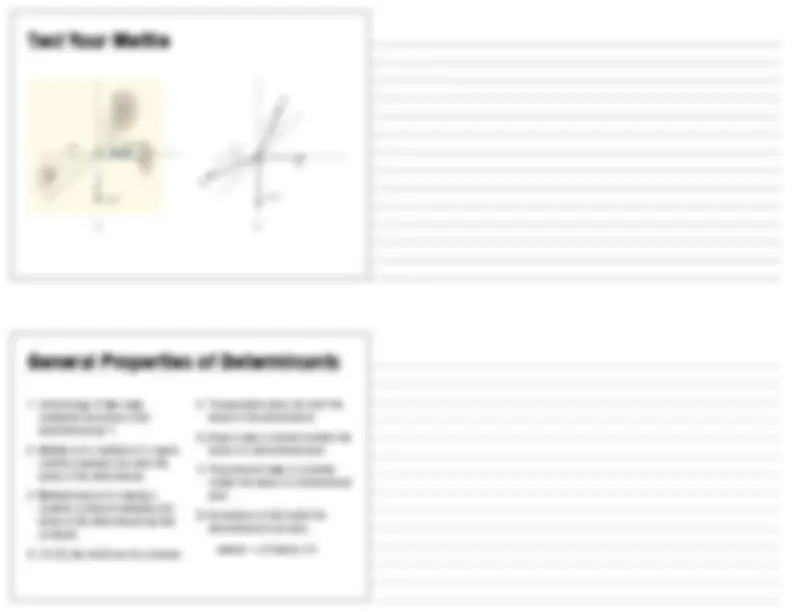
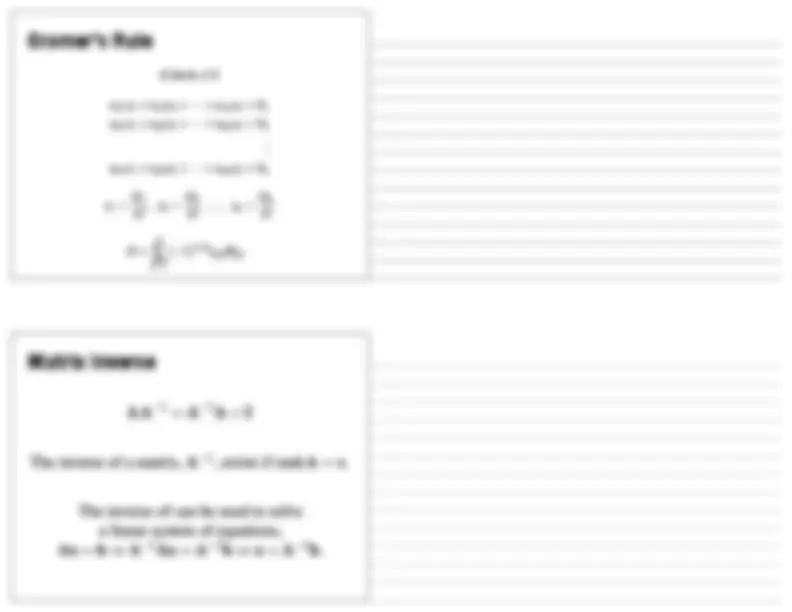
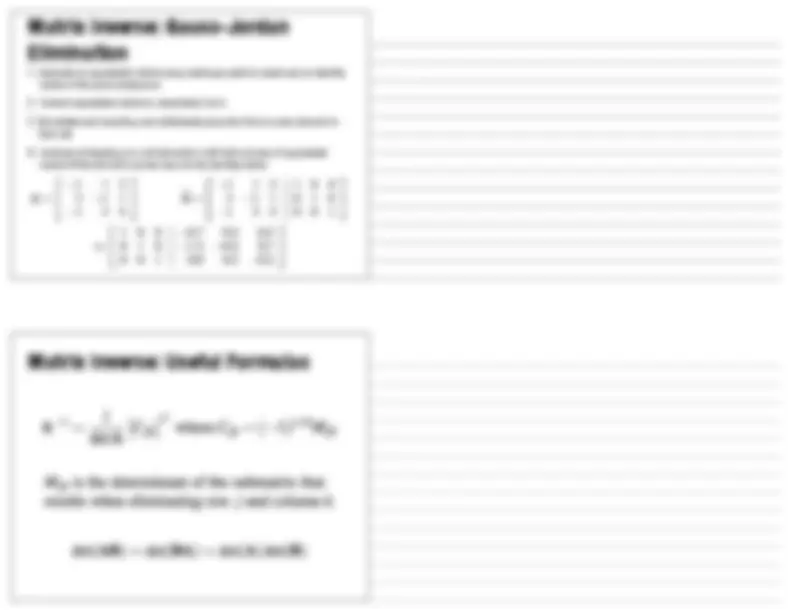
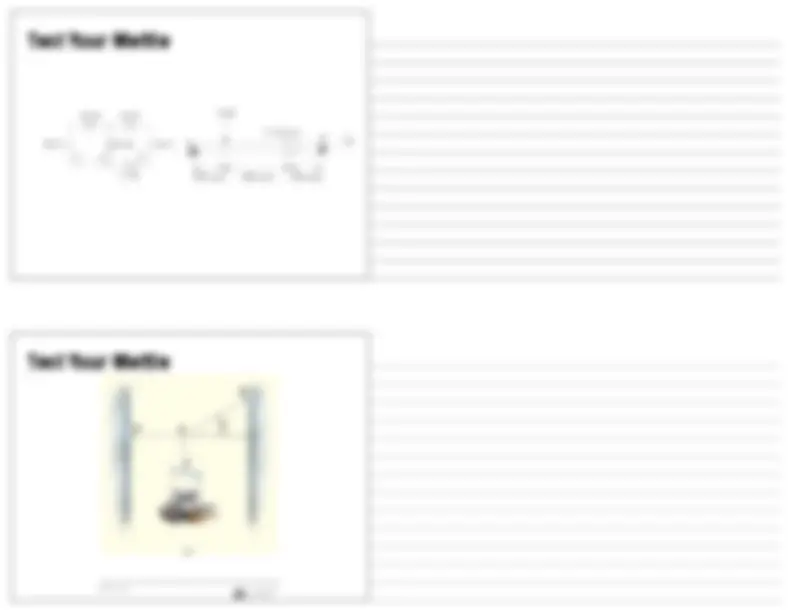



Study with the several resources on Docsity

Earn points by helping other students or get them with a premium plan


Prepare for your exams
Study with the several resources on Docsity

Earn points to download
Earn points by helping other students or get them with a premium plan
Community
Ask the community for help and clear up your study doubts
Discover the best universities in your country according to Docsity users
Free resources
Download our free guides on studying techniques, anxiety management strategies, and thesis advice from Docsity tutors
A study guide for the linear algebra i course offered by javier a. Kypuros, ph.d. At utpa. It covers the differences between vectors and matrices, arithmetic operations, examples of engineering problems, matrix multiplication rules, special matrices, and solving linear systems using gauss elimination. Students will learn how to add and multiply matrices, understand the concept of transposition, and explore various types of special matrices.
Typology: Exams
1 / 25

This page cannot be seen from the preview
Don't miss anything!


















๏ What are the differences between vectors and matrices? ๏ What arithmetic operations can you do with matrices? ๏ Give 3 examples of engineering problems where you might use vectors or matrices.
๏ Square matrix (rows by columns) ๏ Main diagonal of square matrix ๏ Rectangular Matrix (rows by columns)
Row Vector Column Vector
๏ To add or subtract matrices, what must the matrices have in common? ๏ In your own words, describe how to add two matrices. ๏ What are the differences between scalars, vectors, and matrices? ๏ In your own words, describe how to multiply a scalar value and a matrix or vector.
๏ What are the differences between scalar and matrix multiplication? ๏ What requirements are necessary for two matrices to be multiplicable? ๏ Does it matter in what order you multiply matrices? ๏ What matrix manipulations are you familiar with? Describe them. ๏ Are there any special types of matrices that you are aware of?
Symmetric Skew-Symmetric
Upper Triangular Lower Triangular
Diagonal Matrix Scalar Matrix Unit or Identity Matrix
Unique Solution Infinite Solutions No Solution Unique Solutions
Upper Triangular Back Substitution Original System of Equations Augmented Matrix After Gaussian Elimination Row 2+ 2 Row 1
๏ Elementary Row Operations for Matrices ‣ Interchange of two rows ‣ Addition of a constant multiple of one row to another row ‣ Multiplication of a row by a nonzero constant ๏ Elementary Operations for Equations ‣ Interchange of two equations ‣ Addition of a constant multiple of one equation to another equation ‣ Multiplication of an equation by a nonzero constant ๏ Row Equivalent Systems have the same set of solutions
๏ Unique Solution ๏ Infinitely Many Solutions (refer to Example 3 in §7.3) ๏ No Solution (refer to Example 4 in §7.3)
and Static Problems?
๏ How do you convert a set of linear equations into a linear algebra problem? ๏ How do you generate an augmented matrix? ๏ Describe the process of solving a linear set of equations using Gauss Elimination? ๏ Describe the row echelon form and its role in solving a linear set of equations for unknowns.
Row equivalent systems have the same rank. The rank of a system in row echelon form can be readily determined. In row echelon form, the rank is equal to the number of nonzero rows.
If solution exists, it can be obtained through Gauss elimination.